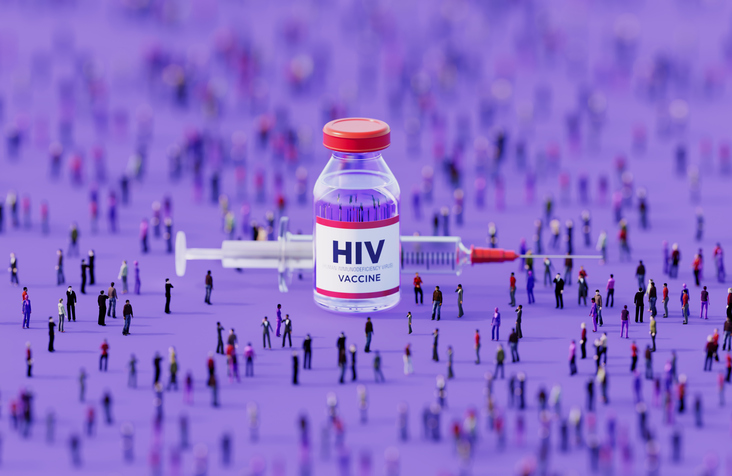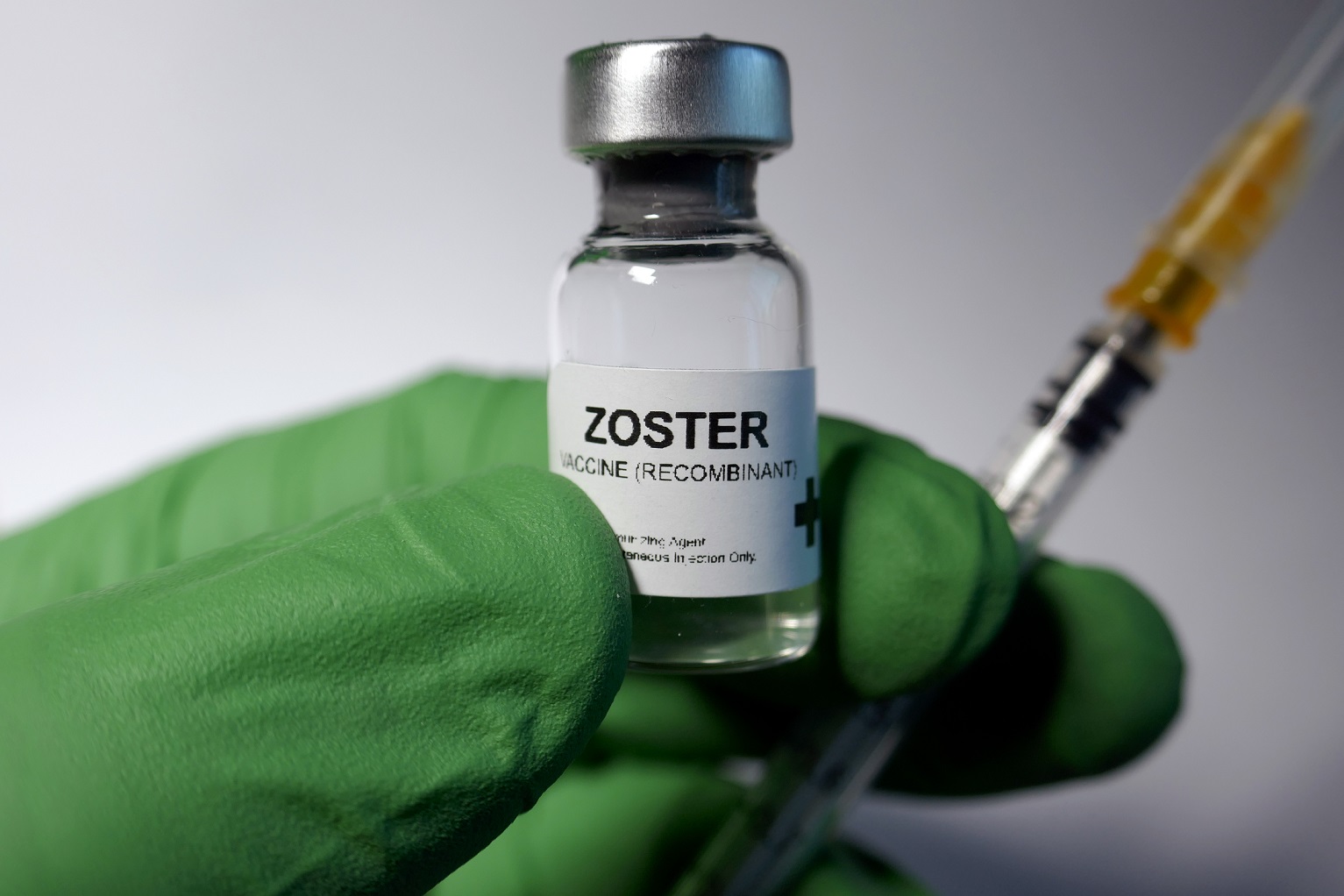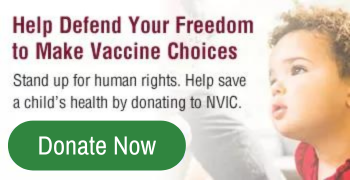After testing 41 types of powdered baby formula, Consumer Reports (CR) reported the presence of harmful contaminants in nearly half of those tested. Contaminants included arsenic, lead, and “forever chemicals” such as PFAS.1
Only a day after sharing test results with the U.S. Food and Drug Administration (FDA), the agency announced a new initiative to strengthen oversight of the baby formula industry, which will include increased testing for contaminants.1
Millions of parents rely on formula to feed their babies. Approximately one in five newborns in the United States depends on baby formula as a sole source of food, and by six months of age, three out of four babies are consuming formula as the major source of nutrients.1
Infant formula is one of the most tightly regulated foods on the market. However, both the most recent CR report, as well as the 2022 formula shortage that was caused by formula contamination with a deadly bacteria, demonstrate that gaps still exist.
Inorganic arsenic, found naturally in the earth’s crust but also known to be a carcinogen, was found highest in two types of formula made by Abbott Nutrition. Similac, one of the most widely used and known brands on the market, contained 15.1 parts per billion (ppb) while testing of its sister formula made by Abbott known as EleCare Hypoallergenic revealed arsenic levels of 19.7 parts per billion (ppb).1
Director of the Institute for Health and the Environment (IHE) David Carpenter, MD called the tests results an “outrageous situation.” He said:
There is no excuse for having arsenic in baby food or formula. Absolutely none. The industry should be bending over backward to be certain its not there.”1
Lead, known for harming children’s neurological development through exposure to paint, was found in almost all baby formulas tested. Lead levels ranged from 1.2 ppb to 4.2 ppb. These numbers would put the average three-month-old intake between 50 to 100 percent of the Maximum Allowable Dose Level set by the California Office of Environmental Health Hazard Assessment.1
PFAS and BPA Found in Some Formulas
PFAS are often referred to as “forever chemicals” because of their resistance to breakdown and remain in both the environment and human body, some chemicals remaining for centuries. PFAS were present in almost all formulas tested. CR does add that those results were not included in their chart because they tested only one sample from each type of formula which “isn’t a robust enough test to say which products have it and which ones don’t. But CR believes that this is a subject that deserves a closer look.”1
Bisphenol A, more commonly known as BPA, as well as the chemical acrylamide were found in just one formula— Enfamil’s Nutramigen, a commonly recommended baby formula product. Formula manufacturer Mead Johnson disputed the findings saying they contradict “hundreds of results from several years of testing done on both raw materials and finished products.”1
Sale of Commercial Baby Formula is a Multibillion Dollar Industry
The sale of commercial milk formula is a multibillion-dollar industry that has long been criticized for political lobbying and marketing tactics. Four main companies produce an estimated 98 percent of baby formulas on the U.S. market: Abbott, Mead Johnson, Nestle, and Perrigo. All companies listed have been cited for repeatedly violating the World Health Organization’s International Code of Marketing of Breast Milk Substitutes, which is a voluntary but important initiative put in place in 1981 to protect breastfeeding by aiming “to stop the aggressive and inappropriate marketing of breast-milk substitutes.”2
In a Yale School of Public Health publication, professor of Human Development Linda Richter stated:
The formula milk industry uses poor science to suggest, with little supporting evidence, that the products are solutions to common infant health and developmental challenges.3
Aside from being influencing political organizations, baby formula companies also fund professional medical organizations, publish sponsored articles in scientific journals, and invite leaders in public health onto advisory boards and committees.3
If you would like to receive an e-mail notice of the most recent articles published in The Vaccine Reaction each week, click here.
Click here to view References:1 Consumer Reports. Consumer Reports tested 41 baby formulas and found some with lead and arsenic. Mar. 25, 2025.
2 Unicef United Kingdom. The international code of marketing of breastmilk substitutes.
3 Perez-Escamilla R. Experts call for an end to the exploitative marketing used by the baby formula milk industry. Yale Public Health Feb. 7, 2023.













4 Responses
This is old news. People have been aware of dangers of baby formula as well as dangers of fluoridated products and forever chemicals in packaging for decades. Good the story is getting more traction these days though. Plastics; Get them out of your life. Big brand formulas; you’re better off paying extra ordinarily higher prices for organic from trusted suppliers and getting off formula at the first possible opportunity. Back in the day we were spending about 3x to 5x as much for the same amount for organic formula products.
Ever heard the story from G Edward Griffith about solid state arsenic from safe sources being a cancer cure? That’s why we do not throw our apple seeds away and instead dry them and eat them later like little anti cancer sweet seed snacks. As far as forever chemicals, that’s a complex argument, as people feed their babies warm fluids out of plastic containers. Hint; the forever chemicals are not just coming from the formula, but also the mechanism for delivering the food, aka; the bottle, lid, and nipple.
Then we can talk about the soap people use to clean the bottles, and all the residual chemicals which end up on your plates, your food, and go into your body with every single meal. Got to switch to the organic chemical free dishwasher and regular dish soaps too. There is no way around these issues, get ready to pay a higher price on everything. People are all worried about what’s in the formula, as they wash their children with pure chemicals which instantly absorb into the skin, accentuated by high levels of chlorine they did not bother to filter out. But again, at least people are becoming more aware about some of these issues.
The last paragraph tells it all. This should be illegal immediately!!!
Sadly, I’ve been saying for years that formula is garbage, and attacked for it. If a mother can’t nurse her baby, there are other solutions instead of formula. The big problem is mothers who are told they should use formula because it’s either too hard to nurse, or it’s “disgusting,” or they won’t produce enough milk.
How many of the ingredients originate in China, where nothing is clean or safe?